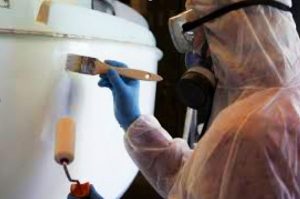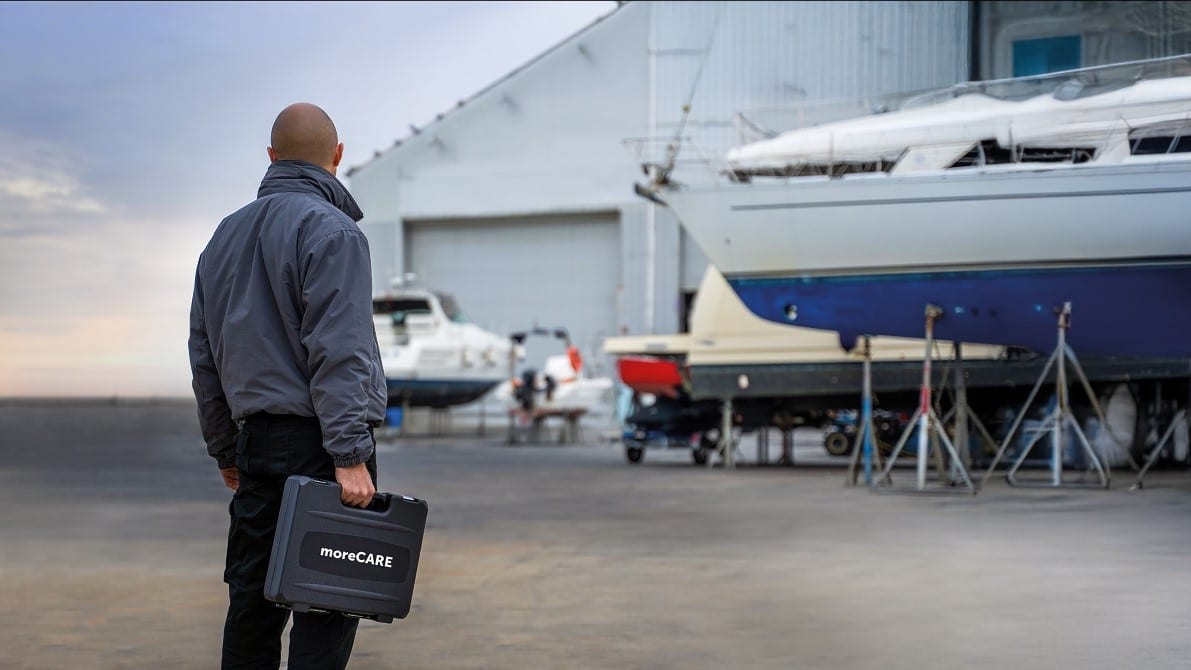Boat osmosis: how to recognize this phenomenon, which can inevitably damage a boat’s hull, and act accordingly to restore it.
Osmosis is a terrible “disease” that attacks the fibreglass of the boat, but don’t panic because there are remedies and definitive solutions that allow you to eradicate this “nautical” evil very easily. Maintenance is important, and it is important to observe the “symptoms” of osmosis, which offer unmistakable signals to which we must react promptly. First of all, let us try to understand what this osmosis phenomenon, feared by every good sailor, consists of.
All organic substances absorb water and this phenomenon can be slowed down but not removed. You can verify that if you have a microwave oven, a grandma’s dish, or better, a great-grandma’s dish and a new one. Putting the first and then the second one with a piece of bread in the oven, you will see that, in both cases, bread will be hot but the new dish will be almost cold while the old one will be always hotter proportionally to is oldness.
This is because the microwave oven acts on the watery parts. And for its part, an old plate, washed and re-washed thousands of times, has necessarily retained moisture and heats up more than a new plate because of its “age“; the same thing happens to the hull of a boat, which absorbs water over time. But let’s get back to the subject of osmosis.
The origin
Gel-coat, the polyester resin used to protect hulls from water, atmospheric and chemical agents and to provide a high-quality finish, acts as a semi-waterproof membrane that activates the osmosis phenomenon: the term comes from the Greek ὠσμός which means “push, impulse”.
Consequently, water passes through the layer of gel-coat very slowly and settles in the interstitial spaces that had inevitably formed during fiberglass processing. Gradually, some bubbles form and increase their volume because they continue to absorb the moisture that slowly infiltrates. Pressure, on the inner side of the gel-coat and in contact with fiberglass, can reach several atmospheres and provoke the typical surface delamination with the formation of a uneven layer commonly referred as “orange peel” that provokes a real explosion as well as the creation of craters whose diameter can range from a few millimeters to some centimeters.

Have you seen and smelled? Don’t dispair! There is much to work but, thanks to modern preparations, the result is practically certain: She will recover!
Osmosis: a craft-like fine operation
The operation will start with the removal of protective paints and gel-coat from blisters through (if possible) sandblasting. Then, the surface must be rinsed carefully and more times with fresh water and, if possible, using a high-pressure jet in order to facilitate the cleaning process.
At this point, it is important that the hull dries perfectly, trying to expose the boat in a sunny ventilated area for not less than two months.
When you’re sure that drying is completed, you can give a coat of epoxy primer and plaster craters with a primer-compatible bicomponent preparation, trying to fill every cavity perfectly. Careful sanding will prepare the surface for the application of several coats of high-thickness epoxy bicomponent primer that will guarantee perfect adherence and impermeability.

The market offers a dozen of high-quality paint factory brands. Personally, however, I usually choose those that, together with the product, supply a complete and, above all, understandable information material because I think that only those who are able to inform the others exhaustively have clearer ideas on what they produce. Otherwise, how can I transmit you all this science?



























One Response
I just finished repairing my two dozen blisters the way you describe and now will wait til next spring to test it. Thanks for the article.